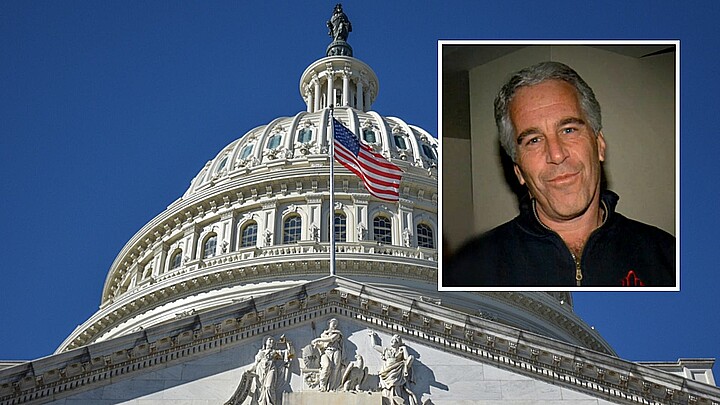Politics
Latino activists demand more representation in politics
As states propose new district maps, Latino’s feel they have been left without a political voice.
November 22, 2021 12:16pm
Updated: November 22, 2021 3:07pm
With states in the midst of redrawing their political lines, some Latino and Hispanic activist groups demand more political representation in Congress and legislatures. Latino advocacy groups claim the proposed district maps do not represent the growing influence of Latinos in the U.S.
Activists are urging legislatures to add new districts in which the majority of the population is Hispanic to increase the number of elected officials that could represent them.
“This has turned out to be a very disappointing redistricting cycle. States that were able to increase their congressional delegations, Texas, Florida, we didn’t see additional Latino districts materializing where Latinos were largely responsible for population growth in those states,” said Arturo Vargas, chief executive of the National Association of Latino Elected Officials
Latinos are the largest minority group in the U.S. and their numbers have been increasing in recent years. In 2020, the Hispanic population in the U.S. was 62.1 million, according to the U.S. Census Bureau. Since 2010, the Hispanic or Latino population grew 23 percent, while the rest of the population grew 4.3 percent.
Despite this growth, Latino representation in politics has not increased. Around 9 percent of the 535 voting members of the U.S. House and Senate are of Hispanic origin. In 2020, only one percent of all local and federal elected officials were Latino, according to The Brennan Center for Justice.
“The Latino voting power has reached a critical mass,” said Domingo Garcia, president of the League of United Latin American Citizens. “That’s created a pent-up demand for political enfranchisement at the congressional and legislative level.”
Despite their growing numbers, lawmakers continue to gerrymander Latino communities out of their political representation. In several states, including Oklahoma, Nevada and California, Hispanic districts are cut in half in an attempt to dilute Hispanic votes and solidify others.
“Latinos are a growing population. So if you’re going to create districts for a growing population, someone, some incumbent, is going to lose out. Whether that’s a Democratic incumbent or a Republican incumbent, an incumbent isn’t going to voluntarily offer up themselves,” said Thomas A. Saenz, president and general counsel of MALDEF, the Mexican American Legal Defense and Education Fund.
In October, several Latino groups filed a lawsuit challenging the redistricting maps drawn by the Texas legislature because they did not add additional Latino majority districts. According to the lawsuit, the Latino population in Texas will equal the White Non-Hispanic population in 2021. Yet, the redistricting plans did not reflect this population shift.
“Latinos have experienced over the last decade politics that doesn’t work for them,” said Michael Li, a redistricting expert at the Brennan Center for Justice at New York University.










